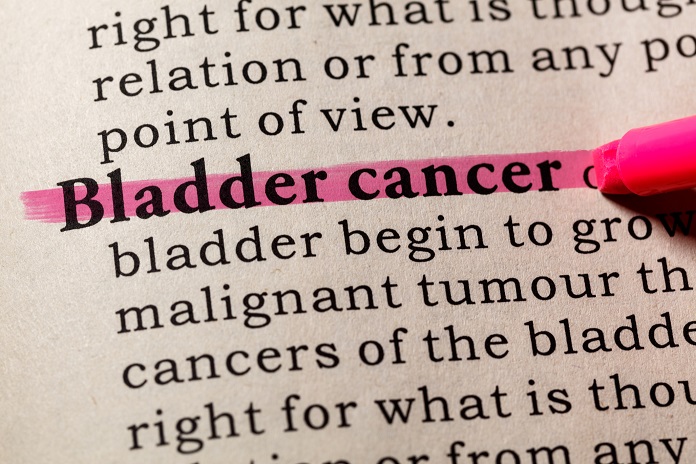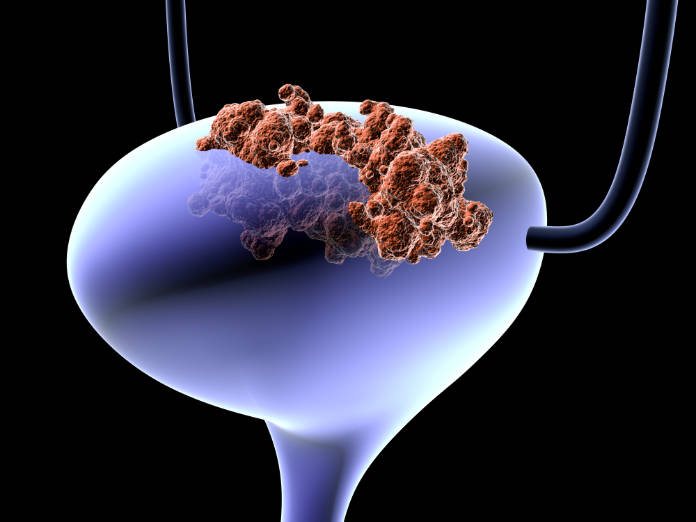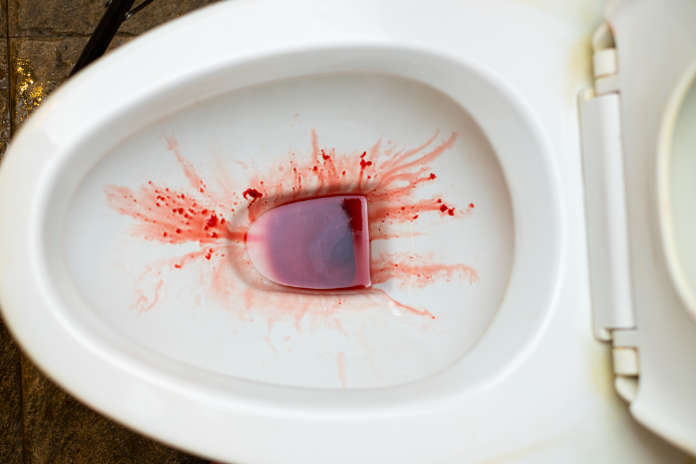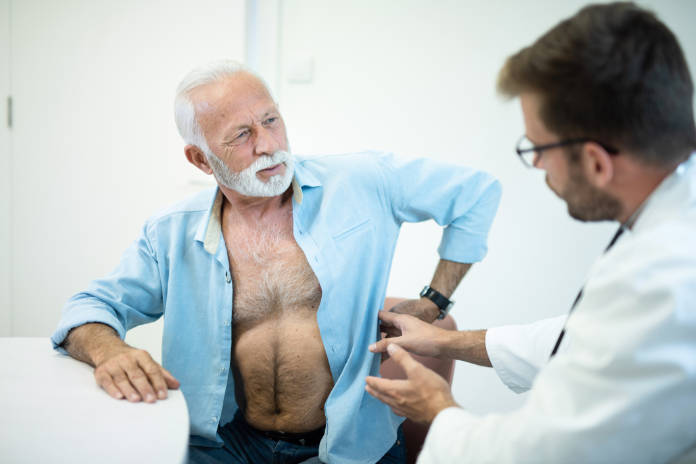Over 10,000 people are diagnosed with bladder cancer every year in the UK. While the condition can potentially affect anyone, it’s far more common in people aged 60-plus, and men tend to be more at risk than women.
Usually, the early stages of bladder cancer cause bleeding but little or no pain or other symptoms which often means it isn’t detected until it is far more advanced – hence the title of silent killer.
So what do you need to know about bladder cancer. Here, Mr Sachin Malde, consultant urological surgeon at London Bridge Hospital, part of HCA Healthcare UK, talks us through the key facts of this silent killer.
What is bladder cancer?
All parts of the body can potentially develop cancer, including the bladder. That’s the muscular sac, approximately the size and shape of a pear, that’s nestled in the pelvis, which receives urine from the kidneys and holds it until you need to go to the toilet.
“Bladder cancer occurs when a growth of abnormal tissue, known as a tumour, develops in the bladder lining,” explains Malde. “There are three main stages of bladder cancer, which are classified by how far the cancer has spread.”
The first, Malde explains, is ‘non-muscle-invasive’ cancer. This is the most common type of bladder cancer. The second, ‘muscle-invasive’ cancer, is less common but has a higher chance of spreading to other parts of the body if caught late.
If the cancerous cells spread to other parts of the body, it’s known as ‘advanced’ or ‘metastatic bladder’ cancer.
What causes bladder cancer?
Bladder cancer is caused by abnormal changes to the cells of the bladder. Experts are unsure of exactly why this happens to certain people and not others – which is the case with many cancers. But there are some correlations between lifestyle factors and developing the disease.
Malde explains that approximately 1 in 3 bladder cancer cases are linked to smoking. This is due to carcinogenic chemicals in tobacco passing through the bloodstream and into the urine which is stored in the bladder.
Exposure to certain industrial chemicals, such as aniline dyes, benzidine and xenylamine, is also thought to be linked to a higher rates of bladder cancer. People who work in manufacturing and industrial jobs involving dyes, textiles, paints, plastics and rubber could be at increased risk.
Bladder cancer symptoms
According to Cancer Research UK, blood in the urine, which is also called ‘haematuria’, is the most common symptom of bladder cancer. About 50% of people diagnosed with bladder and kidney cancer have it when they first go to the doctor. The blood can make the urine turn a bright red colour, although on rare occasions, it can turn a dark brown.
It can come and go and sometimes it cannot be seen by the naked eye. However, it can be picked up by a simple urine test at your GP surgery. As the cancer progresses, you may feel a lump or swelling in the area of your kidneys. If this occurs, you should go straight to your doctor.
It’s important to remember that seeing blood in your urine isn’t always a sign of cancer. This can also be caused by very common and easily treated things, like infections. But blood in the urine is also the most common symptom of bladder and kidney cancer, so it’s always best to get it checked immediately.
Other signs of bladder and kidney cancer
Bladder cancers that have grown large enough, or have spread to other parts of the body, can sometimes cause other symptoms. These include a need to urinate on a more frequent basis, sudden urges to urinate, a burning sensation when passing urine, pelvic pain, unintentional weight loss, tiredness, loss of appetite and a general feeling of poor health. A pain in your back on one side that won’t go away and swelling of the legs can also be symptoms.
However, it’s important not to panic, as these symptoms can be caused by many other conditions. Most people who have them will not have cancer, but it’s worth getting them checked out. If it is cancer, it will be easier to treat if it’s caught early.
If you’re worried at all, always speak to your GP.
How is bladder detected?
Malde says: “In the first instance, patients will be tested for bladder cancer through a ‘urinalysis’. This is a test which looks for abnormalities in the urine which could be a sign of bladder cancer, such as blood.
“If abnormalities are identified in the urine, patients will then undergo a ‘cystoscopy’ procedure. It looks inside the bladder for abnormalities, or a cancerous tumour, using a thin camera called a cystoscope.” This procedure only lasts around fifteen minutes and is relatively pain-free.
How is it treated?
The treatment options for bladder cancer will largely depend on how advanced the cancer is. Generally speaking, as with most cancers, bladder cancer is far easier to treat if detected in its early stages. This is why awareness is so key.
“Lower risk on-muscle-invasive cases will be treated with TURBT (Transurethral Resection of a Bladder Tumour), which involves removing the cancerous tumour from the lining of the bladder,” explains Malde. “This procedure is usually carried out under a short general anaesthetic, and patients are given a dose of chemotherapy following the surgery. ”

For intermediate-risk non-muscle-invasive cases, patients will usually be offered a course of chemotherapy.
“The course involves chemotherapy liquid being placed directly into the patient’s bladder and left there for an hour before being drained away,” Malde says.
“For higher risk non-muscle-invasive cases, patients may be offered a second TURBT operation. A Bacillus Calmette-Guérin (BCG) vaccine which is passed into your bladder through a catheter and left for one hour before being drained away. Alternatively, there is an operation to remove your bladder completely, otherwise known as a cystectomy.”
Not everybody with bladder cancer will need to have their bladder removed. But if the cancer has progressed to the muscle-invasive stage, this is sometimes necessary.
You may also be interested in…
Best-selling bladder cancer books
Stuck for inspiration? Check out our list of best-selling Amazon products!
- Salinas, Cooper Penny (Author)
- English (Publication Language)
- 101 Pages - 09/20/2023 (Publication Date) - Independently published (Publisher)
- Amazon Kindle Edition
- Bhushan, Dr. Bhratri (Author)
- English (Publication Language)
- Hardcover Book
- Cameron, Ewan M (Author)
- English (Publication Language)
- Amazon Kindle Edition
- Pulver, David (Author)
- English (Publication Language)
- Guru, Dr. Khurshid A (Author)
- English (Publication Language)
- 168 Pages - 08/01/2017 (Publication Date) - CreateSpace Independent Publishing Platform (Publisher)
Last update on 2024-03-28 / Affiliate links / Images from Amazon Product Advertising API
This article may include affiliate links to products and services where we may receive a small fee to support the running of this site if you make a purchase or is a sponsored article from one of our select editorial partners providing valuable advice and information to our readers.







































































